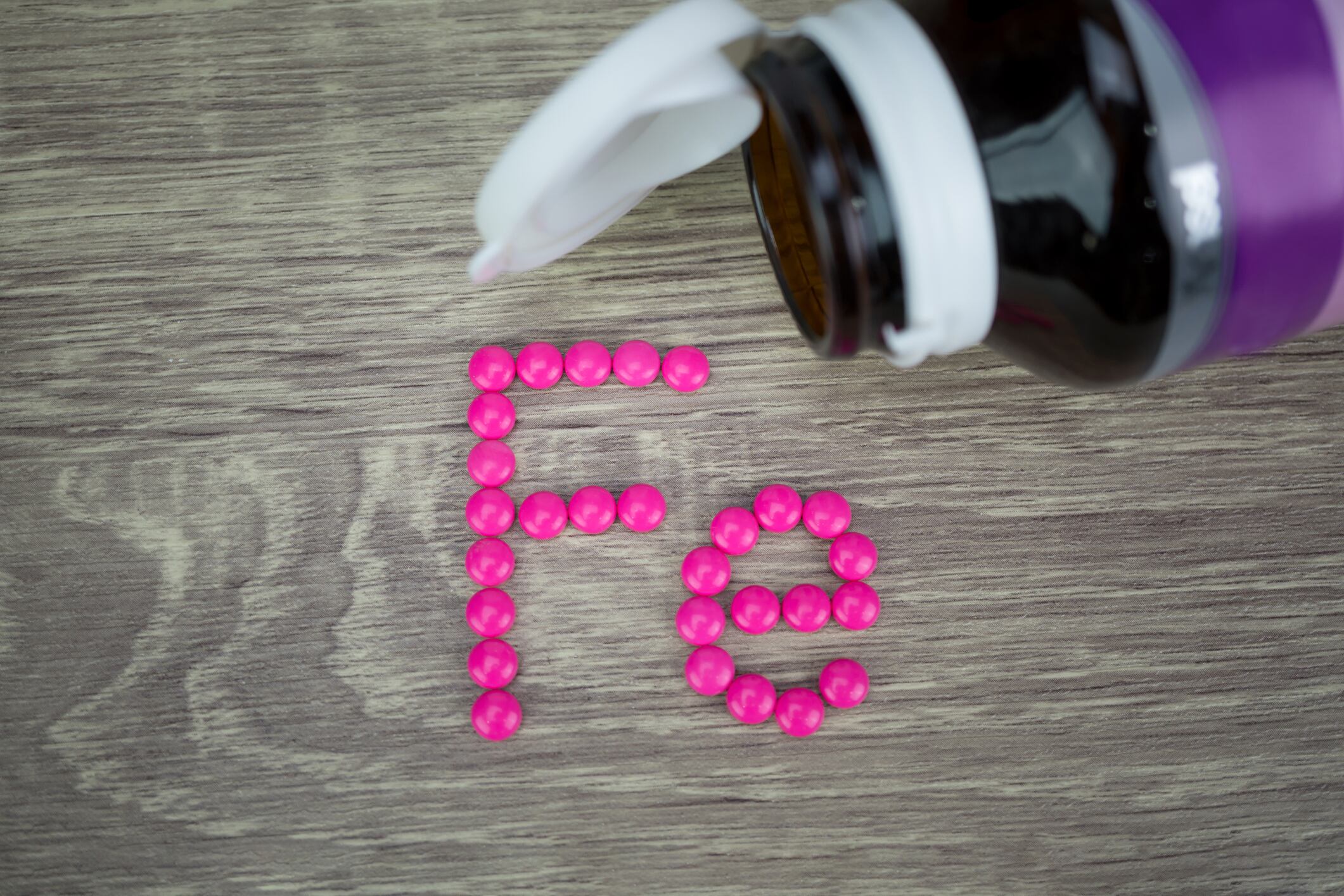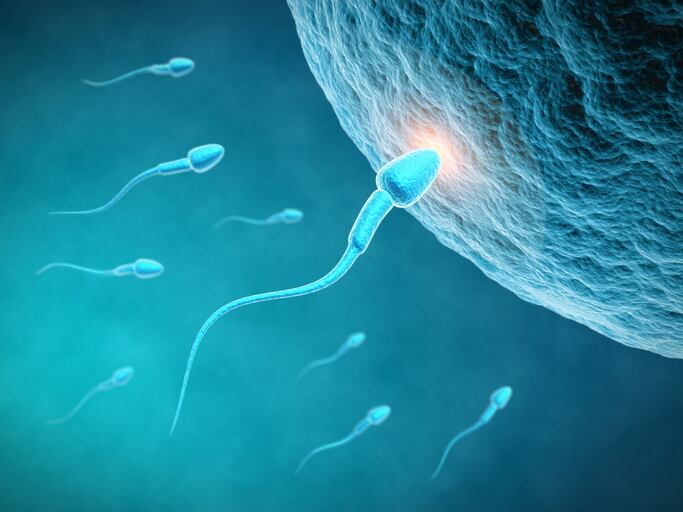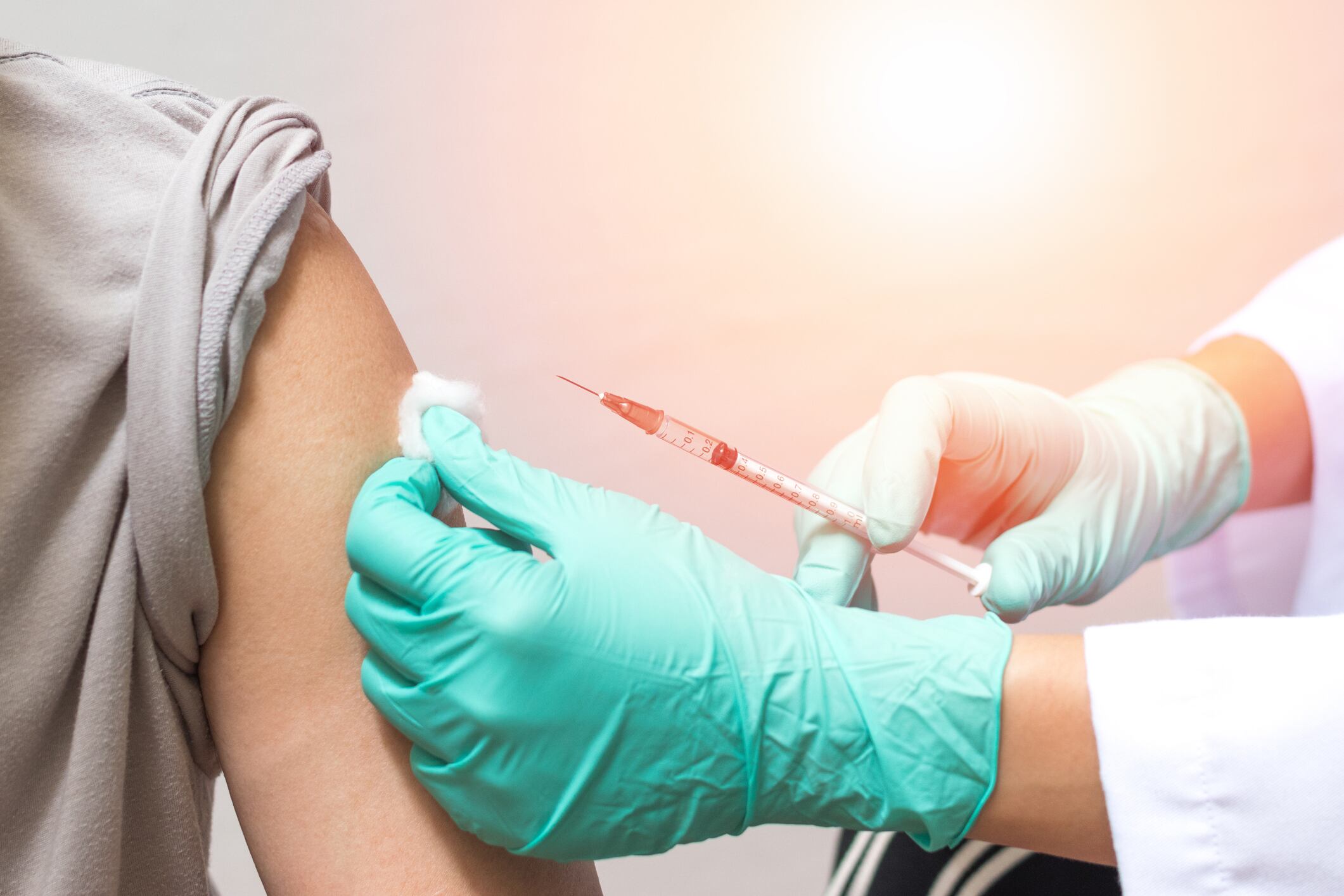Iron deficiency (ID) and iron deficiency anaemia (IDA) cause an immense disease burden worldwide. Globally, there were over 1.2 billion cases of IDA in 2016.
In 2016, 41.7% of children (younger than 5 years), 40.1% of pregnant women, and 32.5% of non-pregnant women were anaemic worldwide. Controlling anaemia is a global health priority, with WHO aiming for a 50% reduction in anaemia prevalence in women by 2025.
WHO estimates that 42% of anaemia cases in children and 50% in women are amenable to iron supplementation, with variation between regions but meta-analyses of population studies suggest the contribution of ID to anaemia could be smaller than the WHO estimate: 25% in children and 37% in women.
Because of the paucity of population studies measuring iron biomarkers (beyond haemoglobin) and complexities in their interpretation during inflammation, prevalence
estimates of ID in LMICs are uncertain.
A range of health problems can be caused by iron deficiency, including heart problems or, when pregnant women or children are iron deficient, the child is at risk of developmental problems, said Associate Professor Pasricha, who is also a haematologist at The Royal Melbourne Hospital.
A new review, published in The Lancet, provides updated guidelines for how to test for iron deficiency, and the best approaches to treat it.
Lead author Associate Professor Pasricha, leads the World Health Organisation (WHO) Collaborating Centre for Anaemia Detection and Control at WEHI, which provides up-to-date, evidence-based advice to the WHO.
"We recently discovered that approaches to treating iron deficiency should be tailored to different countries," he said. "In Australia, there have been many advances in how iron deficiency is managed in the last two decades, but as a haematologist I can see that some people are still not getting the best care. For example, some people whom might benefit from intravenous iron are not being offered this, despite clear evidence it can quickly restore iron levels.
"We hope this review will provide clear information for doctors in Australia and around the world, improving the management of iron deficiency - which will have widespread benefits on people's health."
The review points out that while iron deficiency is often caused by a lack of iron in the diet, it can also be a sign of serious health problems including bowel cancer or coeliac disease.
Co-author, Associate Professor Tye-Din, who is a gastroenterologist at the Royal Melbourne Hospital, adds: "It's really important that the cause of iron deficiency is properly investigated, rather than patients just being instructed to take iron supplements," he said. "If doctors don't take iron deficiency seriously and investigate why it is happening, serious health problems could be overlooked. In some cases these can be potentially life-threatening. This is something we've really highlighted in the review."
Trouble with vegetarian iron sources
The report points out recommended daily intake for iron is highest in infants aged 7–12 months (11 mg), premenopausal women (18 mg), and during pregnancy (27 mg), and is lowest in adult men (8 mg).
It states: "Dietary iron occurs as haem iron in meat and non-haem iron from plant sources. Haem iron is efficiently absorbed and less susceptible to modulation by other dietary components, whereas absorption of non-haem iron is less efficient and susceptible to influence; for example, vitamin C enhances non-haem iron absorption, and phytates (found in seeds and grains), calcium, and tannins (found in tea and coffee) inhibit non-haem iron absorption. Due to all this, the report states that iron absorption from vegetarian diets is less efficient than meat inclusive diets, and vegetarians have lower iron stores and are more likely to be iron deficient."
Supplement options
The review discusses the wide variety of oral iron supplements available, including ferrous salts (eg, ferrous sulphate) as well as other agents, including iron polymaltose.
It states that the use of ferrous salts for iron therapy is limited by gastrointestinal adverse events, particularly constipation (12%), nausea (11%), and diarrhoea (8%).
Slow-release iron formulations aim to reduce side-effects; however, this type of formulation has been considered not effective in clinical studies.
Historically, doses of elemental iron as high as 100–200 mg per day across two to three divided doses were recommended. However, stable isotope studies have redefined optimal oral regimens.
In women who are iron deficient and non-anaemic, elemental iron doses of 60 mg or greater raise the concentration of hepcidin for 24 h, blocking absorption of subsequent doses; as iron doses increase, fractional absorption from subsequent doses declines, such that over a six times increase in dose absolute absorption increases by only three times.
When sustained absorption of elemental iron from twice daily, daily, and alternate daily dosing was measured, 33% more iron was absorbed over 14 doses when given alternate daily compared with daily; dividing doses worsened fractional absorption. In women with mild IDA, fractional iron absorption was higher when iron was given on alternate days compared with consecutive days, and higher from 100 mg doses compared with 200 mg doses.
This approach to iron therapy was tested in a small randomised controlled trial (RCT) comparing treatment of IDA with alternate day dosing at 120 mg with 60 mg twice daily dosing. Patients receiving twice daily dosing had faster increases in haemoglobin concentration, but patients receiving alternate day dosing had similar increments once they had received the same total amount of iron, and experienced fewer gastrointestinal adverse events.
The current review suggests larger studies are needed to define the comparative effectiveness of treatment regimens for alternate day dosing.
It states: "High doses of iron, and dividing doses twice or thrice daily, is physiologically inefficient; instead, iron absorption is most efficient with intermediate doses and on alternate days, and this approach is recommended in patients with mild symptoms, or mild anaemia. However, high doses do increase absolute absorption; therefore, higher doses can be considered when iron deficits are severe."
Novel oral therapies are emerging that combine ferric iron with carriers to optimise absorption and reduce adverse gastrointestinal effects. Ferric maltol is approved in Europe and in the USA for treatment of IDA in adults.
Sucrosomial iron has been evaluated in IDA in patients with kidney disease, cancer, and inflammatory bowel disease, and during pregnancy and Iron hydroxide adipate tartrate is being trialled for prevention and treatment of IDA in young African children (aged 6–35 months).
Impaired oral iron use in functional ID can be circumvented by parenteral iron. The review suggests that parenteral iron should be considered in the first line of treatment for functional ID, including for patients with congestive cardiac failure, IBD, Perioperative optimisation, and chronic kidney disease.
Source: The Lancet
Sant-Rayn Pasricha, Jason Tye-Din, Martina U Muckenthaler, Dorine W Swinkels
"Iron deficiency"
https://doi.org/10.1016/S0140-6736(20)32594-0




